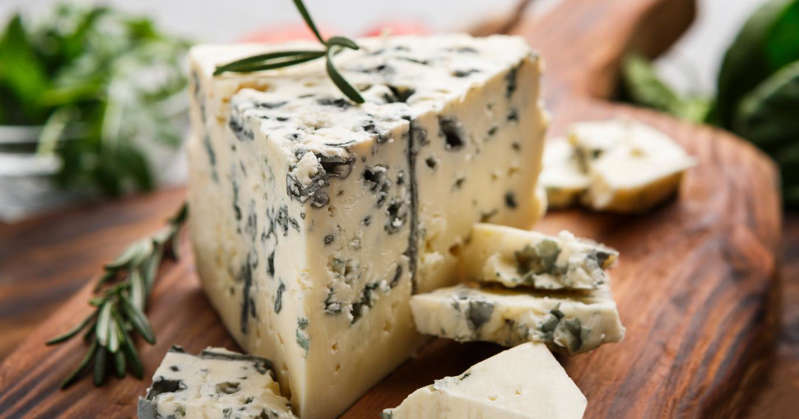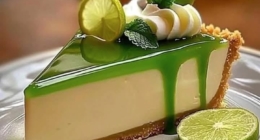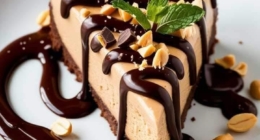Who has never cut the damaged part of food so that they can continue to eat it? Cheeses, yogurts, fruits, vegetables, jam: can we continue to eat them after removing the moldy part, or is it dangerous for our health?
A cheese forgot at the bottom of the fridge, a jam started 2 months ago, a damaged apple … it hurts our hearts to throw away food that is starting to mold. So often, we just cut or remove with a spoon the moldy part.
That this bad habit can be dangerous for health because mold can contain mycotoxins – toxic substances not visible to the naked eye – which spread more or less easily in the rest of the ingredients. However, it is not useful to systematically throw away food that has a mold spore. In fact, it depends on the type of food.
Mold on cheese: does it pass or break?

Cheese enthusiasts usually have a dedicated floor in their fridge. If you want to prepare one of these 10 100% cheese dishes, this is ideal. On the other hand, if you only eat a little bit of it from time to time, your cheeses may expire and mold. In this case, should they necessarily be thrown away?
For Roquefort, Blue, Camembert and Brie:
For marbled cheeses such as blue or cheeses with a flowery rind such as Camembert, mold is normal; it is even voluntarily added by the cheesemaker. So you can eat the flowery crust and blue spores on these 2 types of cheese as confirmed by our source on The Conversation. On the other hand, if it is another type of mold, it is not voluntary and the following rule applies.
For the county, Parmesan, Beaufort and other hard cheeses:

Cheese enthusiasts usually have a dedicated floor in their fridge. If you want to prepare one of these 10 100% cheese dishes, this is ideal. On the other hand, if you only eat a little bit of it from time to time, your cheeses may expire and mold. In this case, should they necessarily be thrown away?
Mold on fruits, vegetables and condiments: do we cut the damaged piece and basta?

For firm fruits and vegetables such as cabbage, remove 2.5 cm around the rotten part and wash the knife before the rest can be consumed. As with cheeses, these foods are very dense and mold fails to pass through the flesh. But that’s in theory. Because in practice, a fruit that had a moldy part has soaked up this flavor and we take no pleasure in eating it.
For all fruits and vegetables that contain a lot of water, it’s like jam, you have to throw everything away. Mycotoxins spread easily on this kind of surface.
Now you know how to react if you have a moldy product at home. But the best way for it not to happen is to cook the leftover vegetables lying around in the fridge in one of these 5 anti-gasping recipes before they mold.
Don’t miss interesting posts on Famousbio










